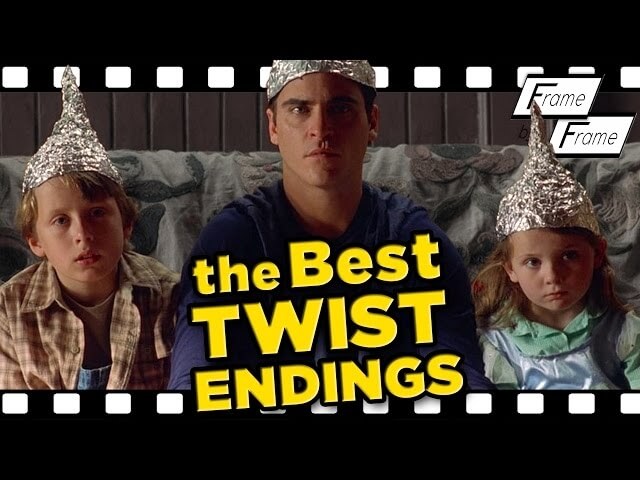A unified theory of M. Night Shyamalan twists explains why some work and others don’t

With the release of his new film Split, M. Night Shyamalan is enjoying something of a renaissance after years as a critical punching bag. Both Split and 2015’s The Visit were successful returns to the director’s roots: stylized takes on pulp films with the sort of twist endings he made, and then lost, his name on. His first film, the unexpected smash The Sixth Sense, knocked everyone’s socks off with its twist ending, a trick he repeated with his moody follow-up Unbreakable, and then attempted with decreasing success in several successive films. The qualitative nose-dive was often attributed to audiences merely expecting a surprise ending from each movie—hence his retreat into twist-free fare like The Last Airbender and After Earth—but a smart video essay from The Film Theorists attributes these failed twists to more structural purposes.

 Keep scrolling for more great stories from A.V. Club.
Keep scrolling for more great stories from A.V. Club.